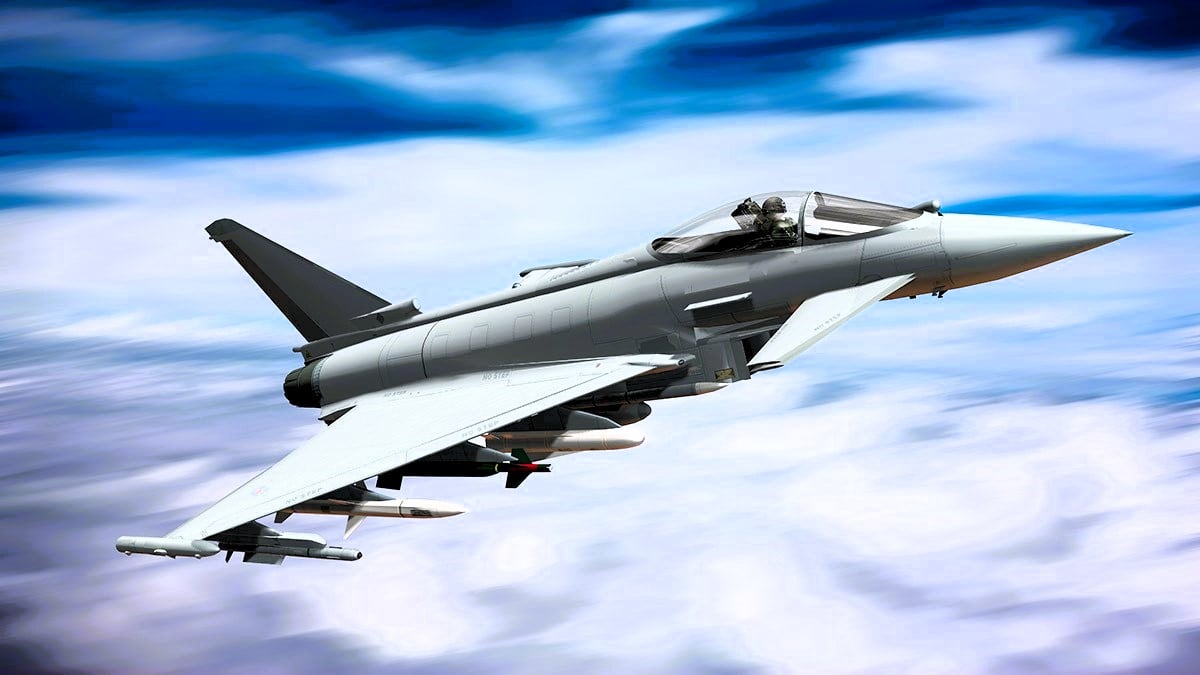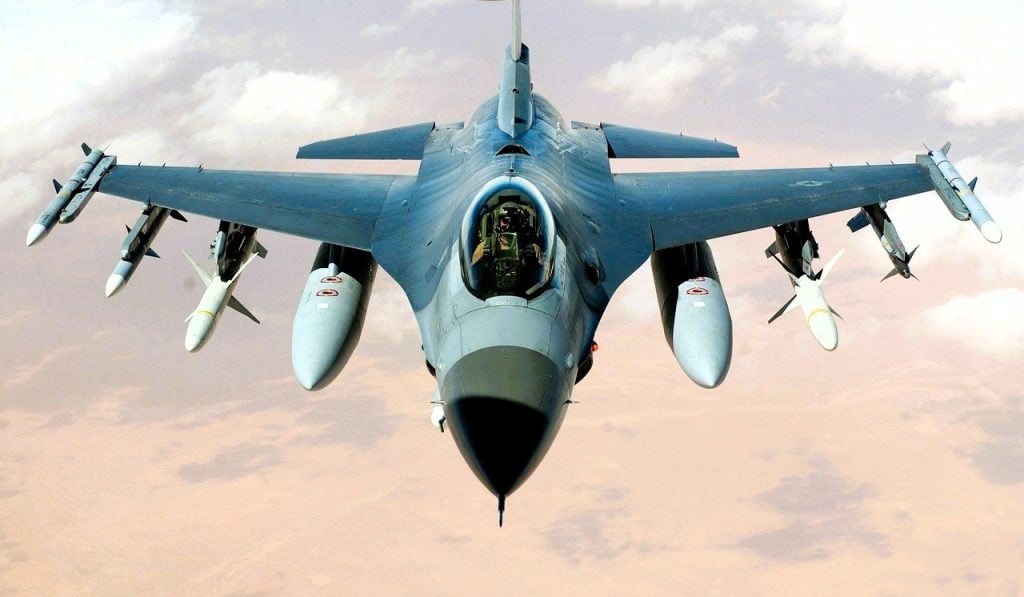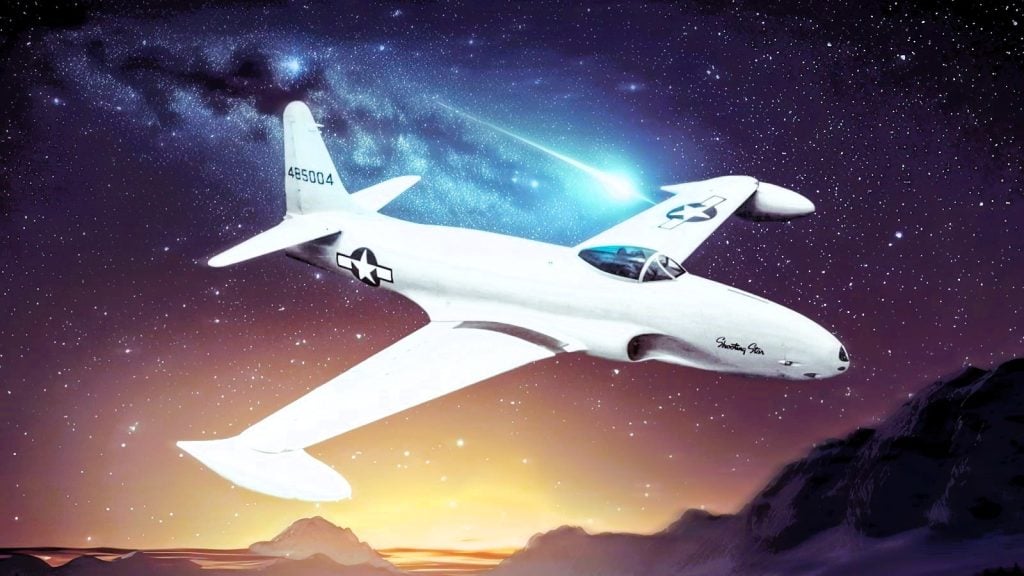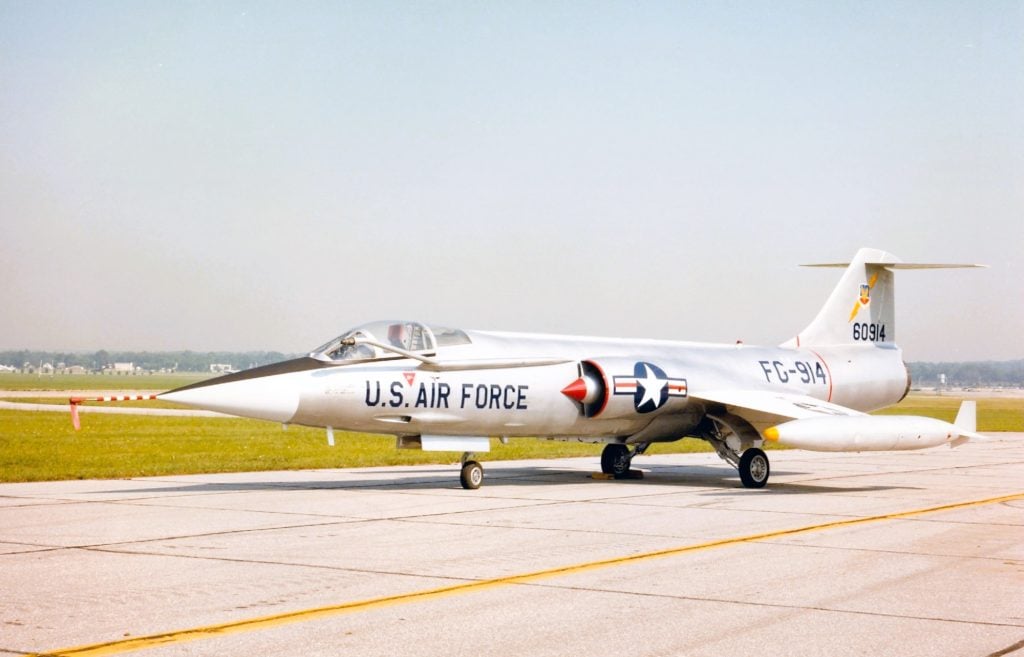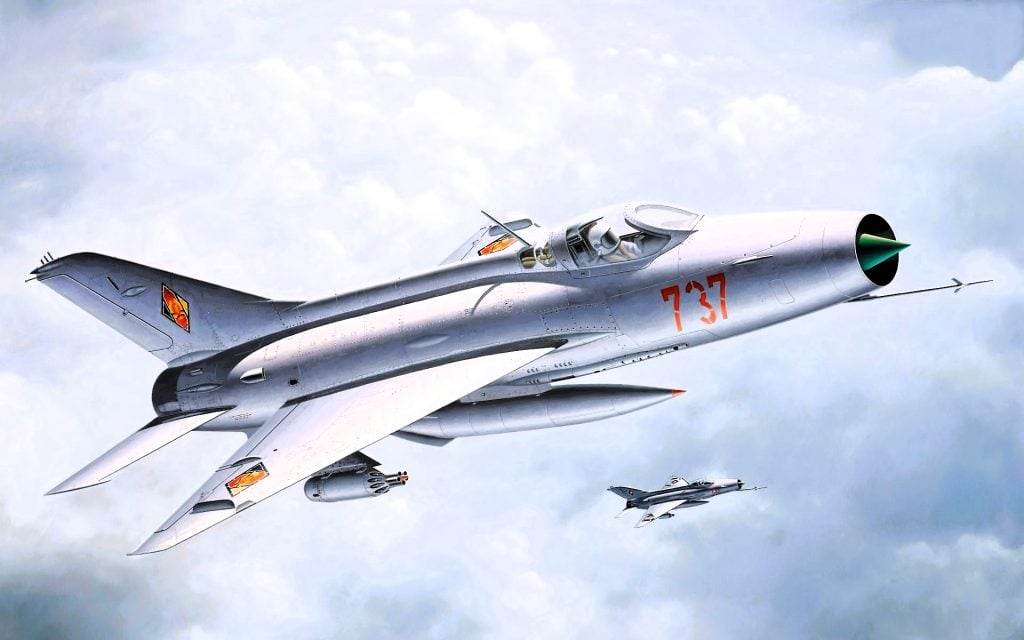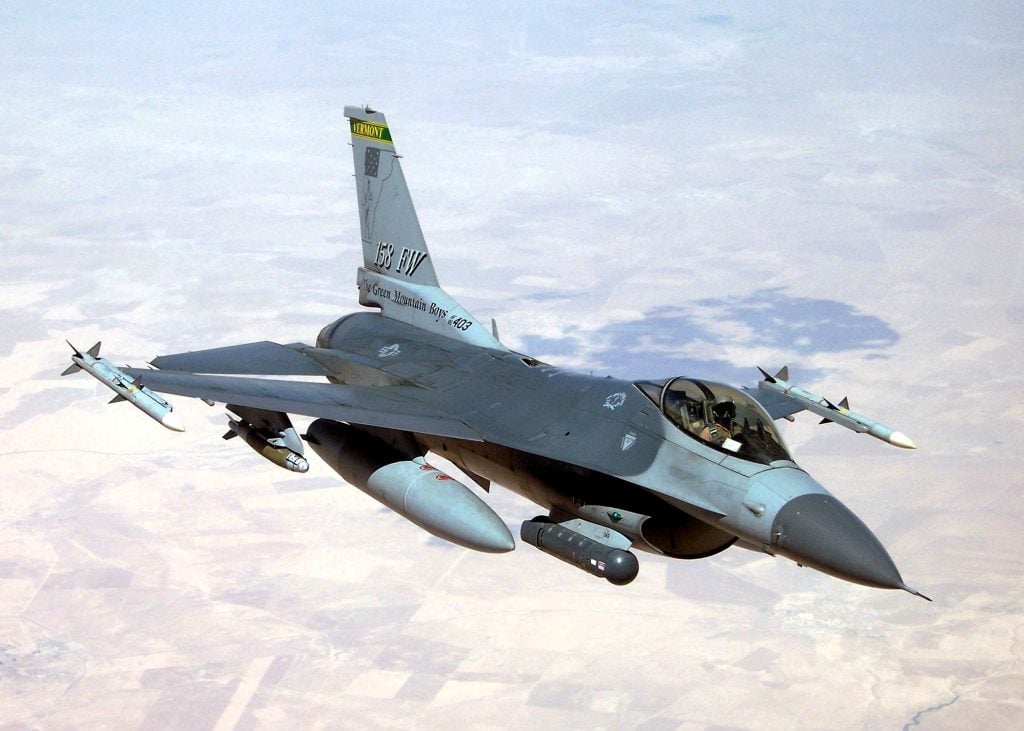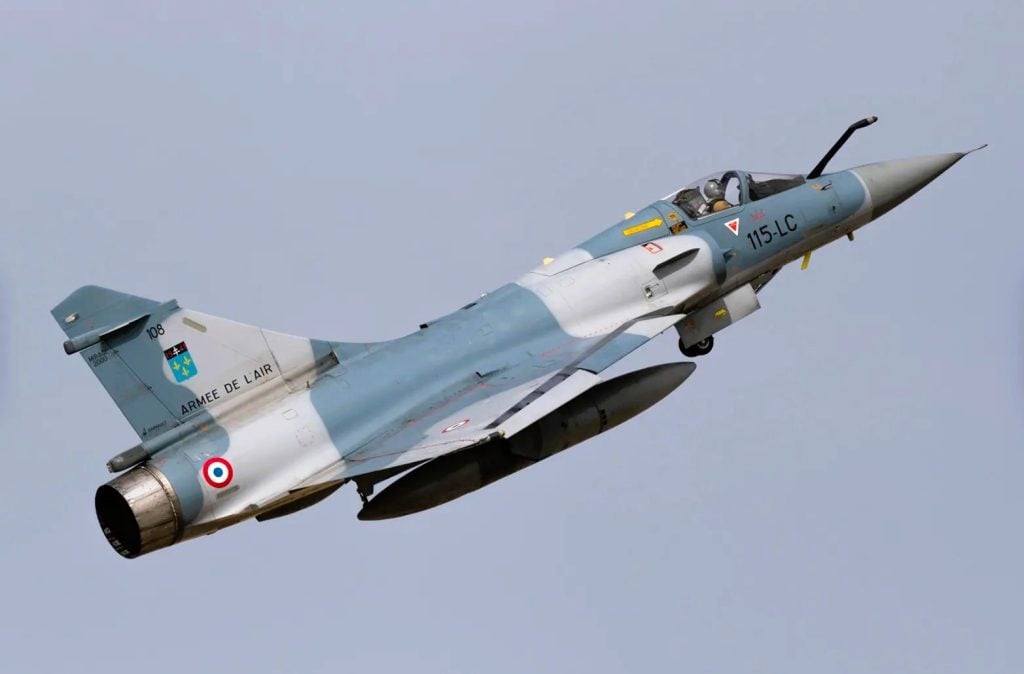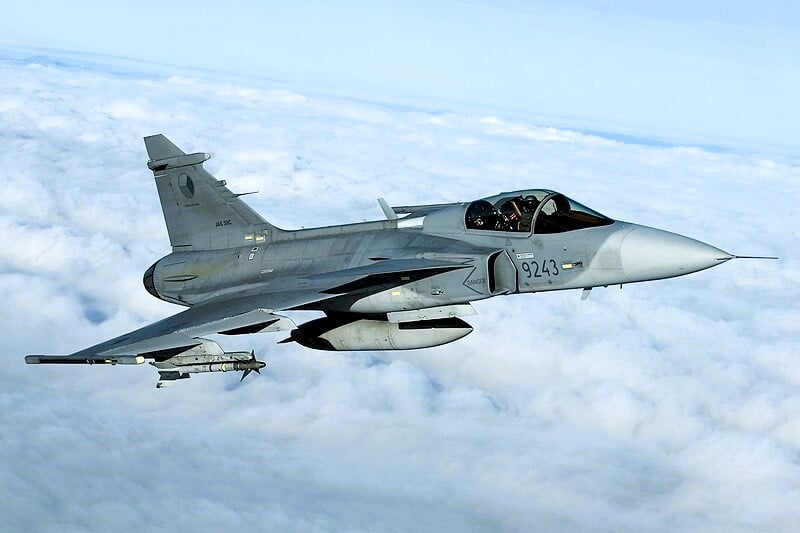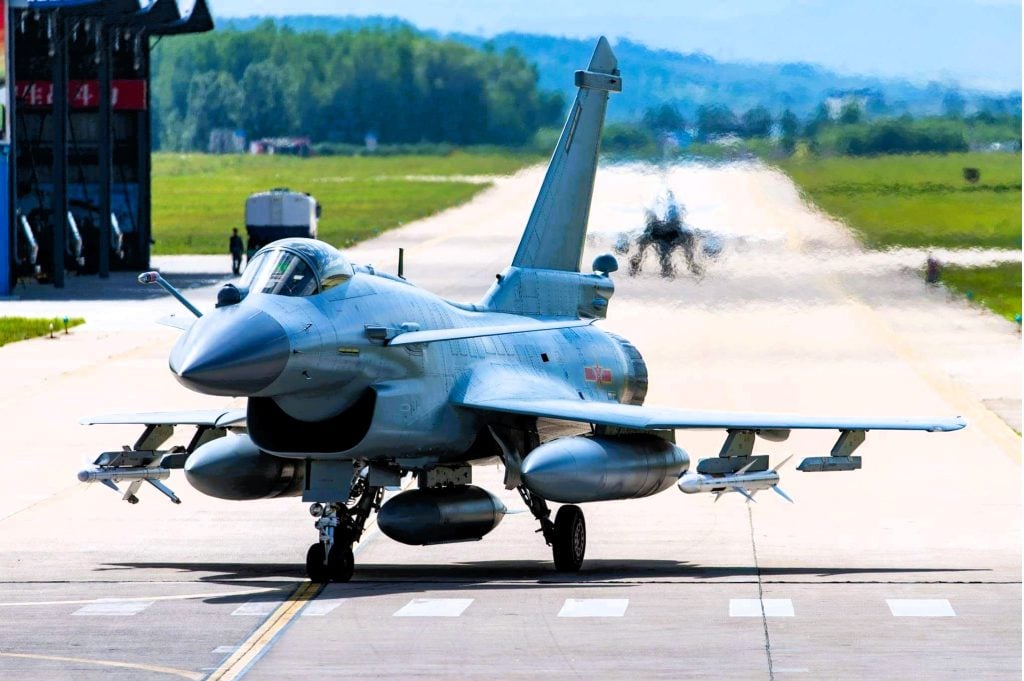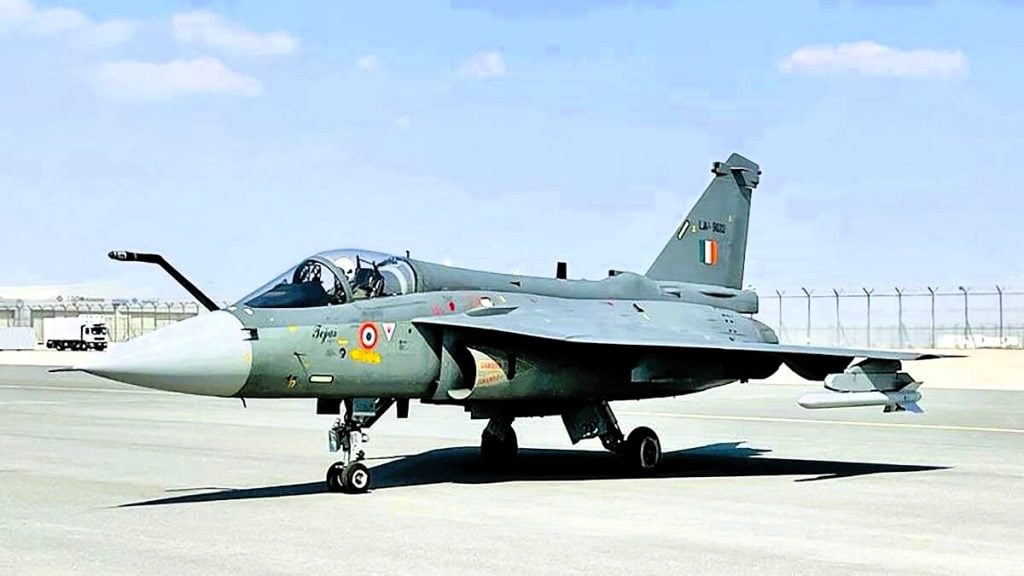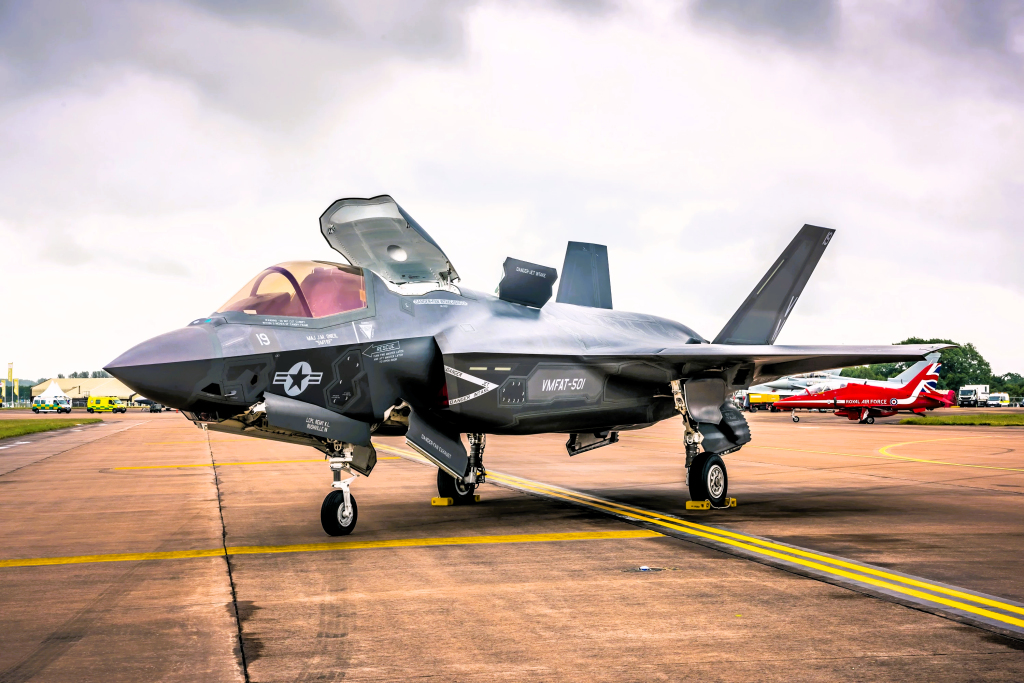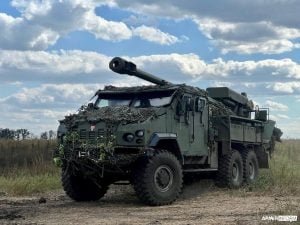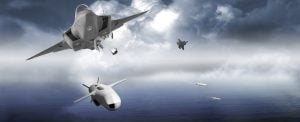The evolution of fighter aircraft has been a captivating narrative in the annals of aviation history. From the early days of piston-powered planes to the modern era of advanced jet fighters, the quest for aerial superiority has driven remarkable technological advancements. One particularly intriguing aspect of this journey has been the role of single-engine fighter jets. Despite the long-standing preference for twin-engine designs, particularly in the US Navy, a select few single-engine marvels have risen to the forefront, showcasing their prowess and cementing their place in the pantheon of aviation legends.
In this comprehensive article, we will delve into the stories of 10 Top Single-Engine Fighter Jets of All Time that have left an indelible mark on the industry. From the pioneering Lockheed P-80 Shooting Star to the cutting-edge Lockheed Martin F-35 Lightning II, we will explore the technical innovations, performance feats, and historical significance of these iconic aircraft. Prepare to be captivated by the sheer power, agility, and enduring legacy of these single-engine wonders that have redefined the boundaries of aerial combat.
13 Celebs You Didn’t Know Were Pilots
1. Lockheed P-80 Shooting Star
The Lockheed P-80 Shooting Star was a groundbreaking achievement, earning the distinction of being the first American combat-ready fighter jet. This sleek, single-engine aircraft emerged victorious in the first all-jet battle in history, solidifying its place as a true pioneer in the world of jet aviation. Powered by an Allison J33-A-35 turbojet engine, the Shooting Star boasted a top speed of approximately 600 mph, making it one of the fastest fighters of its time.
Designed with a straight-wing, all-metal airframe, and a thin, low-wing configuration, the P-80 showcased innovative engineering that would influence the development of subsequent fighter jet designs. Its tricycle undercarriage and the placement of the engine close to the center of the fuselage for optimal weight distribution further enhanced the Shooting Star’s performance and handling characteristics. This single-engine marvel’s legacy as the first successful American jet fighter has cemented its place in history as a true aviation icon.
2. Lockheed F-104 Starfighter
The Lockheed F-104 Starfighter was a remarkable single-engine interceptor aircraft that set numerous world records for speed and altitude. Dubbed the “Missile with a Man in It,” the Starfighter was the first operational aircraft capable of sustained Mach 2 flight, a feat that remained unmatched for many decades. Its lightweight, all-metal airframe, thin supersonic wings, and upward-firing ejection seats contributed to its exceptional performance.
Powered by a single General Electric J79 axial-flow turbojet engine, the Starfighter was capable of generating a maximum dry thrust of 10,000 lbf and an impressive 15,600 lbf with afterburner. This engine, initially designed for sustained Mach 2 flight, featured a single-spool 17-stage axial compressor, an accessory drive section, a three-stage turbine, a cannular combustor, and an afterburner. The F-104’s impressive armament, including an M61A1 Vulcan 6-barreled Gatling cannon and a combination of four AIM-9 Sidewinder missiles, further solidified its reputation as a formidable single-engine fighter.
3. Mikoyan-Gurevich MiG-21
The Mikoyan-Gurevich MiG-21 stands as a true testament to the evolution of single-engine fighter jets. This supersonic jet fighter and interceptor has been in service for over six decades, making it the longest-produced combat aircraft in aviation history. Flown by approximately sixty countries and operated by nearly forty air forces worldwide, the MiG-21 has become a legendary figure in the annals of aerial warfare.
Powered by a single Tumansky R-25 turbojet engine, the MiG-21 was capable of transcending Mach 2.0 and was equipped with an internal cannon and a variety of missiles, bombs, and rockets. The engine’s distinctive feature was a second fuel pump in the afterburning stage, which contributed to its impressive performance. The MiG-21’s ability to seamlessly combine the characteristics of a fighter and an interceptor in a single airframe has solidified its place as a true icon of the jet age.
4. General Dynamics F-16 Fighting Falcon
The General Dynamics F-16 Fighting Falcon is a single-engine marvel that has showcased its prowess in both air-to-air combat and air-to-surface attack. Designed to be the first fighter aircraft custom-built to pull nine times the force of gravity, the F-16 has earned a reputation for its exceptional maneuverability and versatility.
Powered by a General Electric F110-GE 129 afterburning turbofan or a Pratt and Whitney F100-PW-229 afterburning turbofan, the F-16 can generate a maximum thrust of 17,155 lbf and 17,800 lbf, respectively. The aircraft’s unstable design, which enhances maneuverability, is complemented by a fly-by-wire flight control system that ensures precise control and desired outcomes without compromising safety. The F-16’s ability to excel in both air-to-air and air-to-surface missions, coupled with its relatively low cost and powerful weapon systems, has made it a mainstay of the United States Air Force.
5. Dassault Mirage 2000
The Dassault Mirage 2000 is a single-engine, fourth-generation fighter that has proven its mettle as a highly capable and lethal multirole aircraft. Designated as the “Vajra” by India, the Mirage 2000 is equipped with state-of-the-art technologies that have extended its operational life by around twenty years.
Powered by a SNECMA M53-P2 afterburning turbofan engine, the Mirage 2000 can generate a dry thrust of 14,500 lbf and an impressive 21,400 lbf with afterburner. Its advanced avionics, including a fly-by-wire system and a Sextant VE-130 head-up display, provide the pilot with comprehensive data on flight control, navigation, target engagement, and weapon firing. The Mirage 2000’s arsenal includes air-to-air and air-to-surface missiles, guided and unguided bombs, rockets, and two DEFA 554 revolver cannons, making it a formidable single-engine fighter.
6. Saab JAS 39 Gripen
The Saab JAS 39 Gripen is a single-engine fighter that has emerged as an exceptional air defense platform for Sweden and its European customers. Designed with fully integrated avionics, modern weapons, and other advanced technologies, the Gripen has proven its versatility as a multirole fighter.
One of the standout features of the JAS 39 Gripen is its ability to take off fully loaded from a snow-covered runway of only 800 meters, as well as its impressive ten-minute turnaround time, allowing for rapid replenishment of fuel, rearming, and necessary inspections and servicing. Powered by a Volvo RM12 low-bypass afterburning turbofan engine, the Gripen can generate a maximum military thrust of 12,000 lbf and an impressive 18,100 lbf with afterburner. The engine’s development has focused on increased performance, reliability, weight reduction, and higher resistance against bird strike incidents, further enhancing the Gripen’s capabilities.
7. Chengdu J-10
The Chengdu J-10, also known as the “Vigorous Dragon,” is an indigenously built, single-engine multirole tactical fighter that represents a significant milestone for China’s aviation industry. Designed to meet the People’s Liberation Army Air Force’s warfare requirements, the J-10 is capable of all-weather operation and showcases China’s advancements in air superiority, close air support, and air interdiction.
While the initial plan was to power the J-10 with the domestically developed WS-10 Taihang engine, development difficulties led to the decision to use the Russian-made Lyulka-Saturn AL-31F turbofan engines. This single engine has a maximum dry thrust of 17,860 lbs and an impressive 28,000 lbf with afterburner, providing the J-10 with the necessary power and performance to excel in its multirole capabilities. The J-10’s external design, which some have likened to a melting pot of foreign technology and acquired design methods, has resulted in a highly competent single-engine fighter that serves the PLAAF’s evolving needs.
8. HAL Tejas
The HAL Tejas is a revolutionary single-engine, fourth-generation, supermaneuverable multirole light fighter that has been developed by India’s Hindustan Aeronautics Limited. As the second supersonic fighter jet produced by HAL, the Tejas showcases a range of advanced technologies that set it apart from its counterparts.
One of the Tejas’ standout features is its low wing loading, which enhances its agility, climb rate, and cruising performance, particularly in the challenging Himalayan regions. The aircraft incorporates a quadruplex digital fly-by-wire system, multi-mode radar, digital avionics suite, and an electronic warfare suite, further bolstering its capabilities. Powered by the General Electric F404-GE-IN20 engine, the Tejas can generate a dry thrust of 12,100 lbf and an impressive 20,200 lbf with afterburner. The engine’s advanced materials, technologies, and Full Authority Digital Engine Control (FADEC) system contribute to the Tejas’ impressive performance and reliability.
9 Leading Fighter Jets from Israel
9. CAC/PAC JF-17 Thunder
The CAC/PAC JF-17 Thunder is a single-engine, light combat aircraft that is a hallmark of the defense production collaboration between China’s Chengdu Aircraft Corporation and Pakistan’s Pakistan Aeronautical Complex. This joint development has resulted in a highly capable fighter that has garnered significant attention in the global aviation landscape.
The JF-17 Thunder features a glass cockpit, advanced avionics, and an open architecture concept, providing the pilot with enhanced situational awareness and the ability to focus more on combat operations rather than the aircraft’s handling. Its communication system, which includes two VHF/UHF radios and an airborne early warning and control system, further enhances the fighter’s capabilities. The JF-17 can engage a wide range of air-to-air, air-to-surface, and anti-ship targets, utilizing a GSH 23-2 twin-barrel cannon, a variety of missiles, and guided and unguided bombs.
Powered by a single Klimov RD-93MA afterburning turbofan engine with digital electronic engine control, the JF-17 Block 2 variant can generate a dry thrust of 11,300 lbf and an impressive 19,200 lbf with afterburner, delivering the necessary power and performance for its multirole missions.
10. Lockheed Martin F-35 Lightning II
The Lockheed Martin F-35 Lightning II is the most advanced and lethal single-engine fighter jet ever built. Designed to conquer the modern threat systems, this fifth-generation fighter jet provides unparalleled air superiority, electronic warfare capabilities, and serves as an intelligence, surveillance, and reconnaissance asset, seamlessly integrating with land, air, sea, and space assets in the battlespace.
The F-35’s advanced stealth technology allows it to evade and operate in anti-access/area-denial environments, while its technologically-advanced sensor package provides unmatched situational awareness. Powered by the Pratt and Whitney F135 afterburning turbofan engine, the F-35 can generate a maximum thrust of 43,000 lbf, enabling the fighter to reach speeds of around 1,200 mph. This low-bypass augmented turbofan, developed exclusively for the F-35, is a testament to the continuous evolution of single-engine fighter jet technology.
Armed with a wide range of missiles, bombs, and a rotary cannon, the F-35 Lightning II is the pinnacle of single-engine fighter jet design, blending stealth, advanced sensors, and unparalleled lethality to dominate the modern battlespace.
15 Largest US Military Bases You Need to Know About
Conclusion
The captivating history of single-engine fighter jets is a testament to the relentless pursuit of aerial superiority and the ingenuity of aviation engineers. From the pioneering Lockheed P-80 Shooting Star to the cutting-edge Lockheed Martin F-35 Lightning II, these remarkable aircraft have pushed the boundaries of performance, agility, and technological innovation.
Each of the 10 single-engine fighters featured in this article has left an indelible mark on the industry, showcasing the versatility, power, and enduring legacy of this unique class of aircraft. Whether it’s the record-setting Lockheed F-104 Starfighter, the legendary Mikoyan-Gurevich MiG-21, or the revolutionary HAL Tejas, these single-engine marvels have proven time and again that one engine can be better than two.
As the world of aviation continues to evolve, the legacy of these single-engine fighter jets will undoubtedly inspire future generations of pilots, engineers, and aviation enthusiasts. The stories of these remarkable aircraft serve as a testament to the human spirit of innovation, determination, and the relentless pursuit of excellence in the skies.
FAQs
1. What is the most powerful single engine fighter jet?
On a single-engine fighter jet, the Pratt and Whitney F-135 jet engine for the F-35 Lightning is the most powerful. It delivers a maximum thrust of 28,000 lbf (128 kN) in military thrust and 43,000 lbf (191 kN) with afterburner.
2. What is the greatest fighter jet today?
Lockheed Martin F-35 Lightning II
3. Why did the US Navy previously require fighter jets to have two engines?
The primary reason for the US Navy’s long-standing requirement for twin-engine fighter jets was the need for redundancy in case of engine failure over the ocean. The ability to maintain flight with a single functioning engine was considered crucial for safety and mission success in a maritime environment.
4. How have single-engine fighter jets evolved over time?
Single-engine fighter jet design has undergone significant advancements, from the early pioneering models like the Lockheed P-80 Shooting Star to the modern, highly capable aircraft like the Lockheed Martin F-35 Lightning II. Improvements in engine technology, avionics, and aerodynamics have enabled single-engine fighters to match or even surpass the performance of their twin-engine counterparts.
5. How has the Saab JAS 39 Gripen’s design features enhanced its capabilities?
The Saab JAS 39 Gripen’s ability to take off from short, snow-covered runways and its rapid turnaround time for refueling and rearming have been key advantages that have made it an exceptional air defense platform. Additionally, the Gripen’s advanced avionics and integrated weapon systems have contributed to its versatility as a multirole single-engine fighter.
